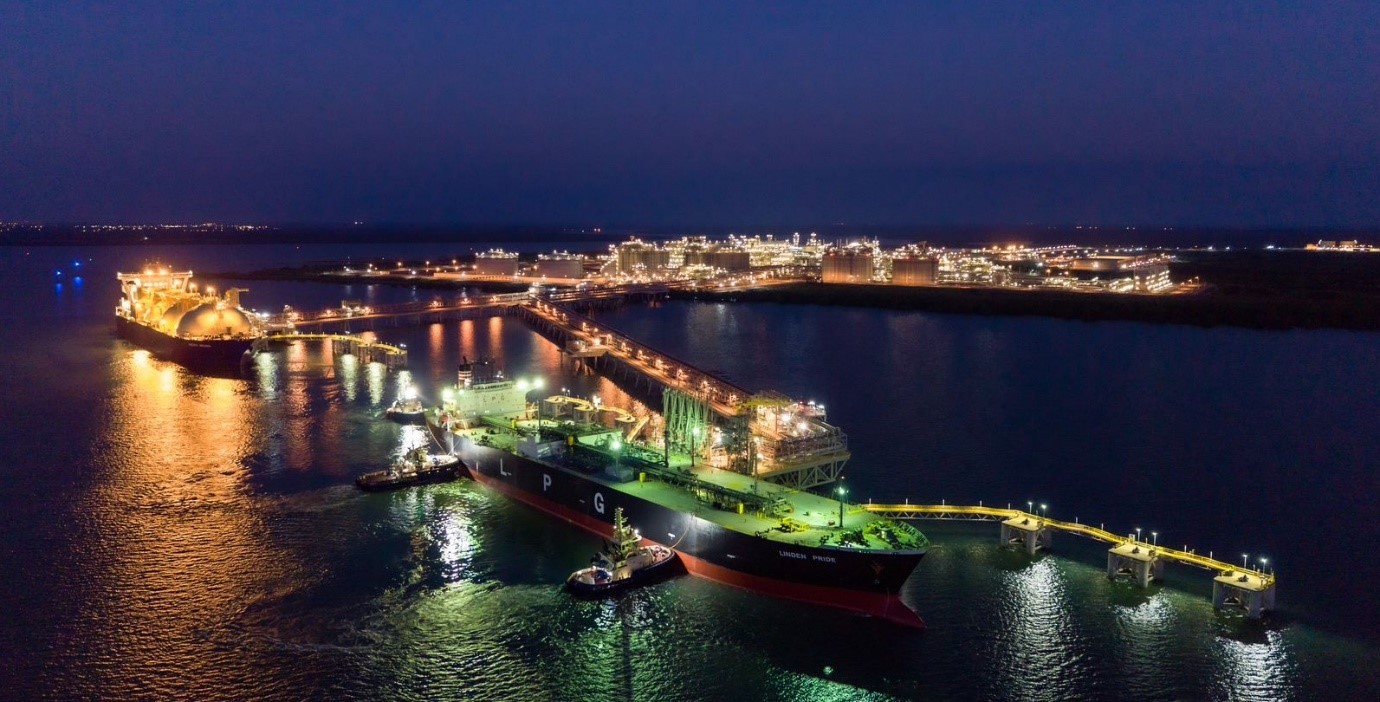Japan’s Inpex has shipped 34 LNG cargoes from its Ichthys export plant in Australia during the January-March period of this year, the same number of cargoes as in the first quarter of 2023.
The Ichthys project also sent 6 plant condensate cargoes, 8 offshore condensate cargoes, and 9 LPG cargoes during the first quarter of this year, Inpex said on Tuesday in its financial report.
This compares to 34 LNG cargoes, 6 plant condensate cargoes, 8 offshore condensate cargoes, and 9 LPG cargoes during the first quarter of 2023.
Inpex also provided shipment data for April, and the Ichthys project sent 10 LNG cargoes, 2 plant condensate cargoes, 3 offshore condensate cargoes, and 2 LPG cargoes during the last month.
Last year, the LNG plant shipped record 129 LNG cargoes, 17 cargoes more compared to 2022, as part of the company’s plans to boost production to about 9.3 mtpa due to debottlenecking.
“We have confirmed the enhancement of the facility’s capacity required to produce 9.3 million tons of LNG per year, and will aim to achieve this production volume going forward, through operational safety and enhanced capacity utilization,” a spokesman for Inpex previously told LNG Prime.
The plant shipped 11 LNG cargoes in 2018, 104 LNG cargoes in 2019, 122 LNG cargoes in 2020, 117 LNG cargoes in 2021, and 112 LNG cargoes in 2022.
The facility at Bladin Point near Darwin has two trains and a nameplate capacity of 8.9 mtpa.
Ichthys LNG is a joint venture between operator Inpex and major partner TotalEnergies.
Earlier this year, Inpex also purchased a small stake in Ichthys LNG from compatriot Tokyo Gas to boost its stake from 66.245 percent to 67.82 percent.
Besides TotalEnergies, other partners in the Ichthys project include Australian units of CPC, Osaka Gas, Kansai Electric Power, Jera, and Toho Gas.
Natural gas arrives to the LNG plant at Bladin Point from the giant Ichthys field offshore Western Australia via an 890 kilometers long export pipeline.
Inpex sent last year the 500th cargo of LNG from its Ichthys terminal since the start of operations in 2018.

